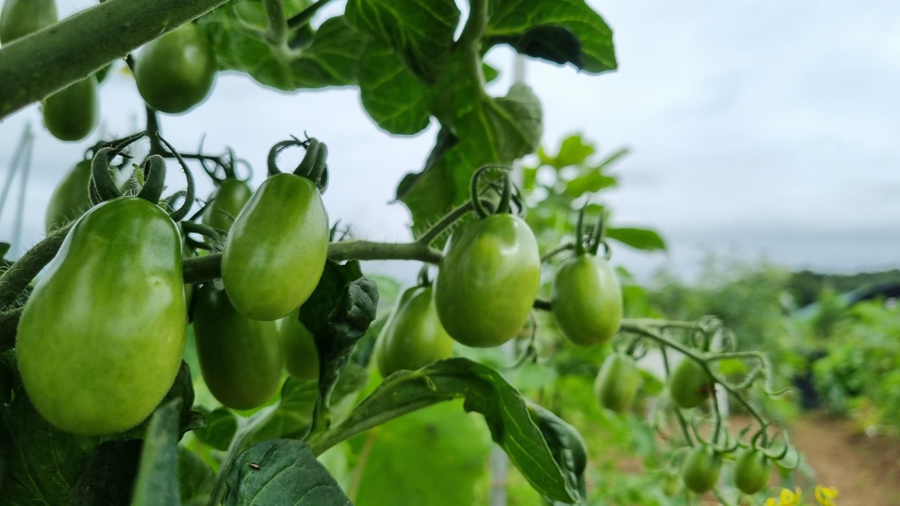How Urban Farming is Revolutionizing City Life

As the world grapples with climate change, rapid urbanization, and food insecurity, urban farming has emerged as a transformative solution. By bringing agriculture into the heart of cities, urban farming not only addresses environmental challenges but also fosters community resilience and food equity. But what exactly is urban farming, and why is it gaining momentum worldwide?
What is Urban Farming?
Urban farming refers to the practice of growing, processing, and distributing food within or around urban areas. Unlike traditional rural agriculture, it utilizes innovative methods and repurposed spaces to maximize productivity in limited areas. From rooftop gardens and community plots to vertical farms and hydroponic systems, urban farming adapts to the unique constraints of city life.
Urban farmers cultivate a wide range of crops, including vegetables, fruits, and herbs, and sometimes even raise small livestock like chickens or bees, depending on local regulations. These farms are not just for individual households—they often serve entire communities, particularly in underserved areas known as “food deserts,” where access to fresh, affordable produce is limited.
The Benefits of Urban Farming
Urban farming offers a multitude of environmental, social, and economic benefits:
- Reduced Food Miles and Carbon Footprint
One of the most significant advantages of urban farming is its ability to reduce food miles—the distance food travels from farm to table. Traditional agriculture relies on long supply chains, which contribute to greenhouse gas emissions. By growing food locally, urban farms minimize transportation needs, lowering the carbon footprint of food production. Additionally, shorter supply chains reduce the energy required for refrigeration, packaging, and storage, making urban farming a more sustainable alternative.
Dr. Dickson Despommier, a renowned environmental health scientist and advocate for vertical farming, emphasizes, “Urban farming has the potential to revolutionize our food systems by reducing reliance on long-distance transportation and creating self-sufficient cities.” - Improved Food Security and Accessibility
Urban farming plays a critical role in addressing food insecurity. In low-income neighborhoods, where fresh produce is often scarce or expensive, urban farms provide direct access to nutritious food. Community gardens and urban farms also serve as educational platforms, teaching residents about sustainable agriculture and healthy eating habits.
Karen Washington, a food justice advocate and co-founder of Black Urban Growers, states, “Urban farming is not just about growing food—it’s about growing communities. It empowers people to take control of their food sources and build healthier, more equitable neighborhoods.” - Green Spaces and Community Building
Beyond food production, urban farms create green spaces that enhance the quality of life in cities. They improve air quality, reduce urban heat islands, and provide habitats for pollinators. Moreover, these spaces foster community engagement, bringing people together to collaborate and share knowledge.
Challenges and Future Prospects
Despite its potential, urban farming faces several challenges:
- Space Constraints: Limited land availability in cities can restrict the scale of urban farming operations.
- High Initial Costs: Setting up urban farms, especially those using advanced technologies like hydroponics or vertical farming, can be expensive.
- Regulatory Hurdles: Zoning laws and urban policies often pose barriers to establishing and expanding urban farms.

However, innovative solutions are emerging to address these challenges. Smart farming technologies, such as IoT-enabled sensors and automated systems, are making urban farming more efficient and scalable. Policy support and community-driven initiatives are also playing a crucial role in creating an enabling environment for urban agriculture.
Nate Storey, co-founder of Plenty, a leading vertical farming company, notes, “Technology is the key to overcoming the limitations of urban farming. With advancements in AI and automation, we can grow more food in less space, using fewer resources.”
The Future of Urban Farming
As cities continue to grow, urban farming will become an integral part of sustainable urban development. By integrating agriculture into city planning, we can create greener, healthier, and more resilient urban environments. Urban farming is not just a trend—it’s a necessity for building a sustainable and equitable food system.
With continued innovation and collaboration, urban farming has the potential to transform cities into hubs of sustainability, ensuring food security, environmental health, and community well-being for generations to come.


